Arthropods ![]()
Characteristics
Makes up 3/4's of all animal species -total number of arthropod species is MORE than all other species combined
Includes insects, spiders, & crustaceans
Arthropod means "jointed foot" - all arthropods have jointed appendages
Segmented body
Open circulatory system
Compound eyes (has many individual units)
Excretory structures called Malpighian tubules
Segmentation
More obvious in larval forms, adults have fused segments -----> Head | Thorax | Abdomen
Some have a fused
head and thorax -- the cephalothorax
Taxonomy
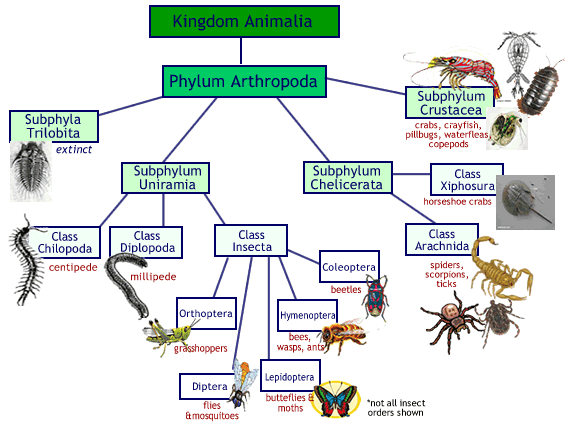
Subphylum
Chelicerata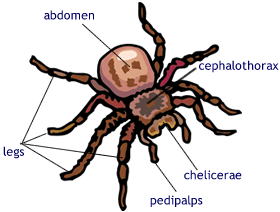
Includes (Class Arachnida) spiders, ticks, scorpions, mites and horseshoe crabs
Have a cephalothorax (fused head& thorax) and abdomen
No antenna
Have
6 pairs of jointed
appendages:
* Chelicerae
- claws or fangs (1 pair) - (spiders
have venom)
*
Pedipalps - used for feeding,
sensing, transferring sperm (1 pair)
* Walking
legs - movement (4 pairs)
|
Subphylum Crustacea
Crayfish Dissection covers more on the Crayfish Anatomy
|
|
![]()
Subphylum Uniramia - Insects and their Relatives
Includes 3 classes --- Chilopoda (centipedes), Diplopoda (millipedes), & Insecta
Class
Chilopoda
Flattened body
Have 1 pair of legs per body segment
Pincers
can inject venom
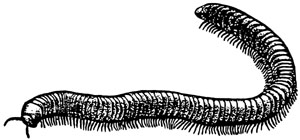 Class
Diplopoda
Class
Diplopoda
Millipedes
Have 2 pairs of legs per body segment
Rounded body
Scavengers or herbivores
Class Insecta
Insect Life Cycle
Metamorphosis - dramatic physical change
Complete metamorphosis:
Larva --> pupa ---> adult (example: butterflies)
Incomplete metamorphosis: Egg --> nymph --> adult (example: crickets)
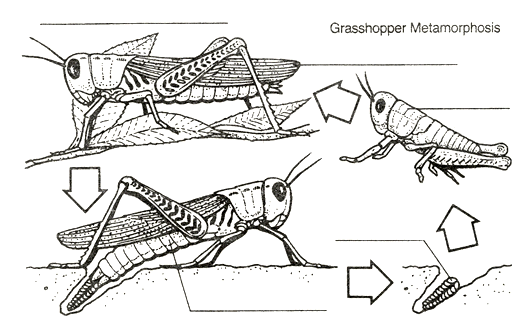
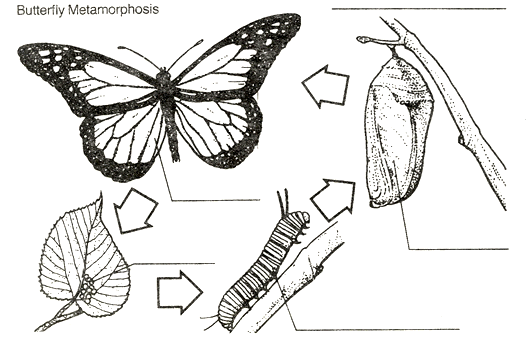
Social Insects: Honeybees (workers, queen, drones). Termites, some wasps
Queen: Lays eggs (1 queen per hive)
Drones: a few males to fertilize eggs
Workers: all infertile females